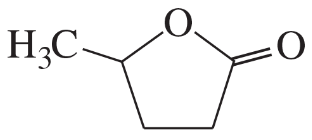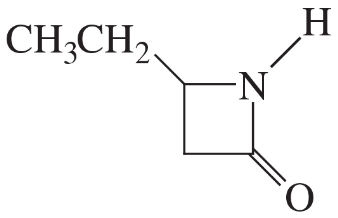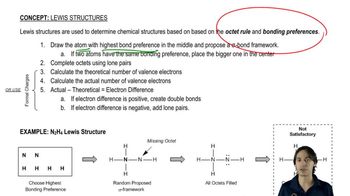Here are the essential concepts you must grasp in order to answer the question correctly.
Nomenclature of Organic Compounds
Nomenclature in organic chemistry refers to the systematic naming of chemical compounds based on their structure and functional groups. The International Union of Pure and Applied Chemistry (IUPAC) provides rules for naming compounds, which include identifying the longest carbon chain, determining the functional groups present, and assigning locants to indicate the position of substituents.
Recommended video:
Functional Groups
Functional groups are specific groups of atoms within molecules that are responsible for the characteristic chemical reactions of those molecules. In the context of the question, amides are a key functional group characterized by a carbonyl group (C=O) directly attached to a nitrogen atom (N). Understanding functional groups is essential for naming compounds and predicting their reactivity.
Recommended video:
Identifying Functional Groups
Ring Structures in Organic Chemistry
Ring structures, or cyclic compounds, are molecules that contain a closed loop of atoms. In organic chemistry, these can include various types of rings, such as five-membered or six-membered rings. The presence of a ring can influence the compound's stability, reactivity, and nomenclature, making it crucial to recognize and correctly name these structures when analyzing organic compounds.
Recommended video:
How to use Organic Chemistry to make Lewis Structures easier.


 Verified step by step guidance
Verified step by step guidance Verified video answer for a similar problem:
Verified video answer for a similar problem:

